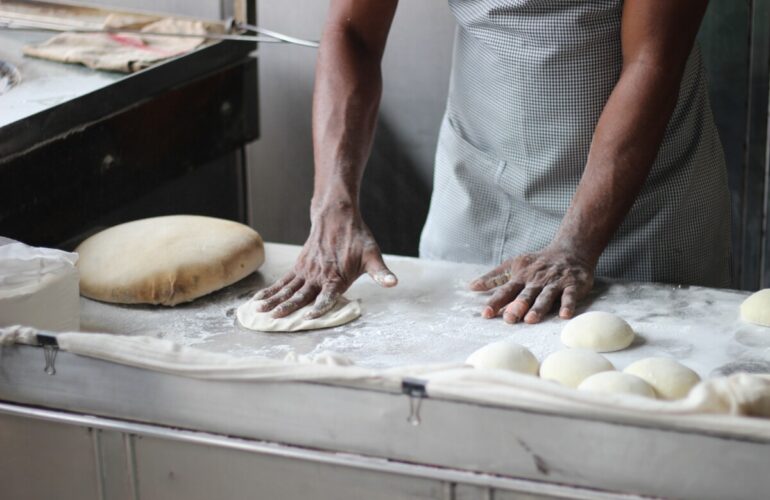Baking is often considered both an art and a science, and flour is one of the key ingredients that can significantly influence the outcome of your baked goods. With a wide array of flour options available, each with unique properties and uses, picking the best one for your baking endeavors is essential. In this guide, we will explore the world of flour and help you make informed decisions about selecting the best flour for your recipes.
Understanding the Flour Basics
Before choosing the perfect flour, let’s start with some basics. Flour is primarily made from grinding grains or legumes into a fine powder. The most common types of flour include general-purpose, bread, cake, and whole grain flour. Every flour is milled differently, resulting in protein content and texture variations.
Protein Content Matters
Protein content is a crucial factor when selecting flour for baking. It determines the strength and structure of the dough, which, in turn, affects the final texture of your baked goods. Here’s a breakdown of the most common types of flour based on their protein content:
All-Purpose Flour
All-purpose flour is a versatile option suitable for various baking tasks. It has a moderate protein content, typically around 10-12%. This flour is ideal for making cookies, muffins, pancakes, and basic cakes. Its balanced protein level ensures a tender crumb in your baked goods.
Bread Flour
Bread flour is popular for its high protein content, usually around 12-14%. This extra protein provides the strength and structure necessary for bread-making. If you want to bake hearty loaves of bread or pizza dough with a chewy texture, bread flour is your best bet.
Cake Flour
Cake flour has the lowest protein content, approximately 7-9%. It possesses a fine milling and exceptional softness, making it an ideal choice for delicate and tender cakes. Cake flour is the secret ingredient when you want your cakes to have a light and fluffy texture.
Whole Wheat Flour
Whole wheat flour contains the wheat kernel, including the bran and germ. It has a greater protein level than all-purpose flour, typically around 14%. Entire wheat flour is an excellent option for healthier baking since it gives your goods a nutty flavor and more vitamins.
Read More:
Beyond the Surface: Symbols and Meanings in Balinese Culture Icons
Eco-Tourism: Embrace Nature’s Magic Up Close and Personal.
Considering Specialized Flours
In addition to the commonly known flour types discussed earlier, specialized flours crafted to suit specific baking requirements are also available. These include:
Self-Rising Flour
Self-rising flour contains added leavening agents, usually baking powder and salt. It’s perfect for making biscuits, scones, and certain cakes. You can skip the additional leavening agents in your recipes when using self-rising flour.
Gluten-Free Flour
For individuals with gluten allergies or celiac conditions, gluten-free flour mixes are available. Manufacturers produce these flours using rice, corn, or nut flour, making them suitable for incorporation into gluten-free recipes.
Matching Flour to Recipes
Now that you understand the different types of flour and their characteristics, it’s time to match the flour to your specific recipes. Consider the following tips:
- For light and airy cakes, use cake flour.
- For chewy and rustic bread, opt for bread flour.
- All-purpose flour is a versatile choice for most baking needs.
- Whole wheat flour adds a wholesome touch to your recipes.
- Self-rising flour simplifies biscuits and pastry making.
- Gluten-free flour is essential for those with dietary restrictions.
Experiment and Explore
Since this guide offers a solid foundation for selecting the right flour, feel free to experiment and explore. Baking is as much about creativity as it is about precision. Try different flours, mix them, and adjust your recipes to discover unique flavors and textures. Remember that becoming a master baker is filled with delicious experiments.
